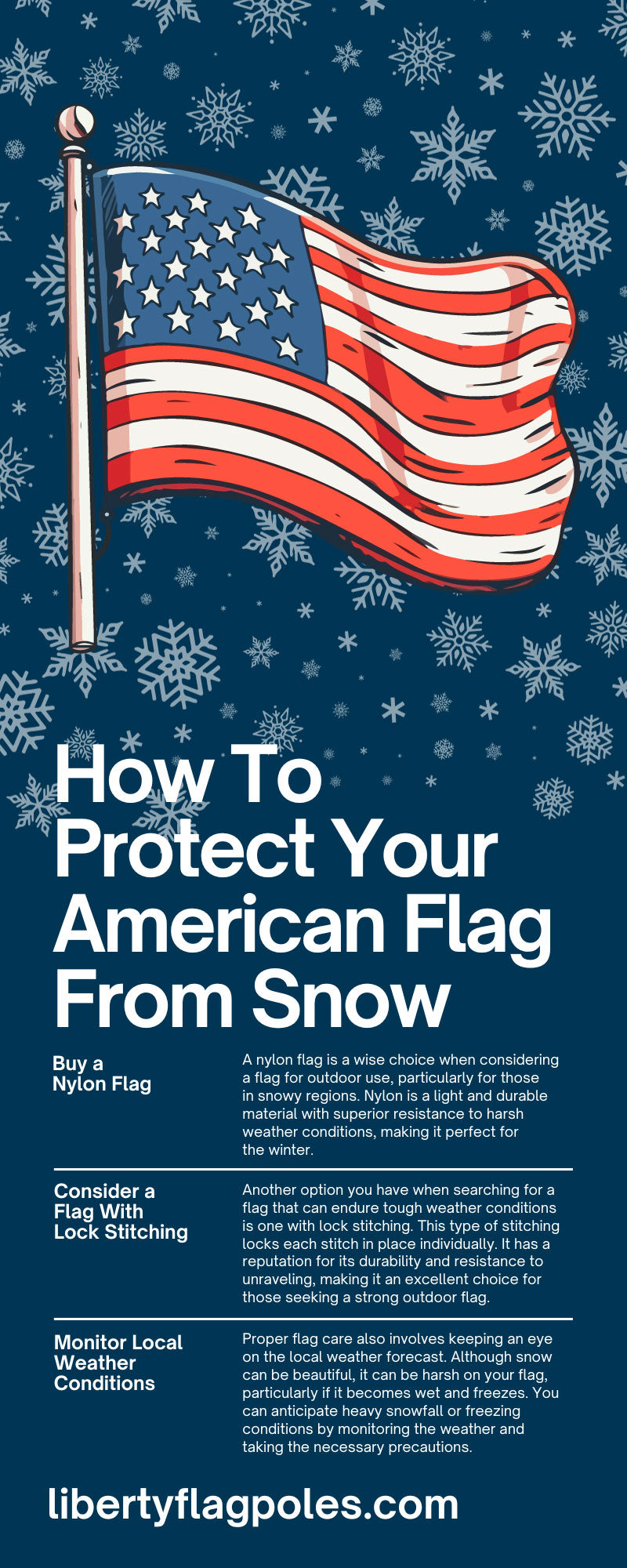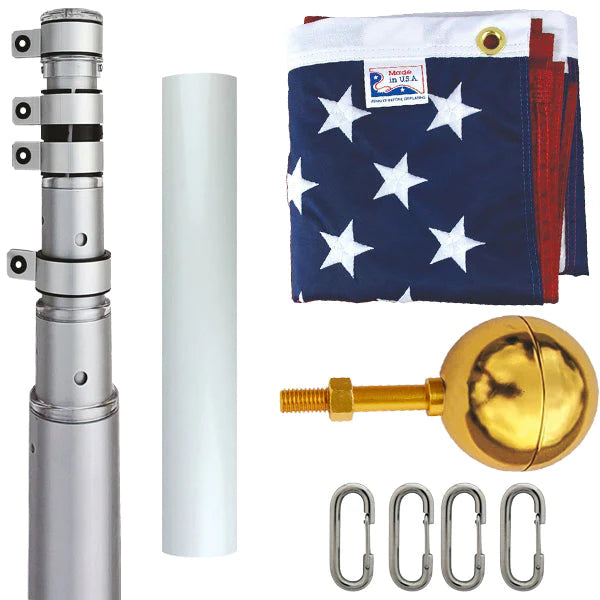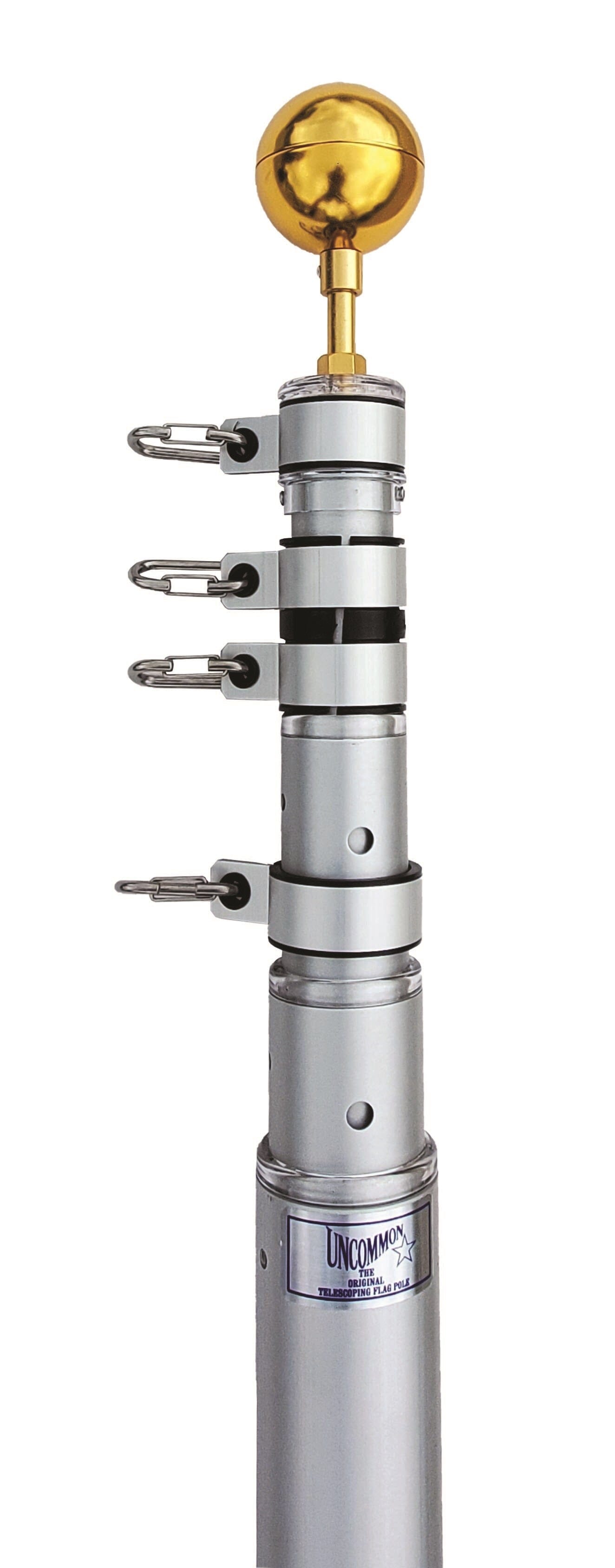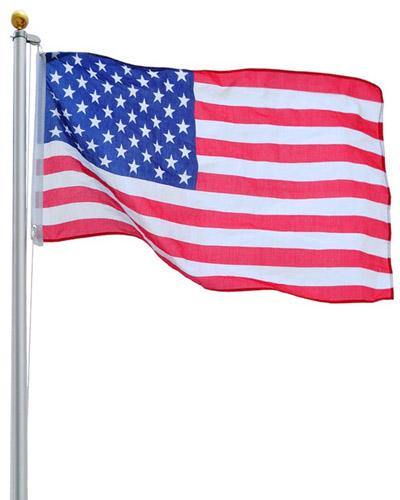The American flag is more than just a piece of fabric. It symbolizes our nation’s struggles, triumphs, and enduring values, making its care and respect paramount. One challenge many flag owners face is protecting their flag from the harsh snowfall conditions. Find out how to protect your American flag from snow so that you can ensure it continues to fly high throughout the winter season.
Buy a Nylon Flag
A nylon flag is a wise choice when considering a flag for outdoor use, particularly for those in snowy regions. Nylon is a light and durable material with superior resistance to harsh weather conditions, making it perfect for the winter.
This material is highly flexible, so it can flutter freely in the breeze without tearing or fraying. When you purchase a nylon option, you make an investment in a flag that will stand up to the elements and last much longer than other flag products.
Consider a Flag With Lock Stitching
Another option you have when searching for a flag that can endure tough weather conditions is one with lock stitching. This type of stitching locks each stitch in place individually. It has a reputation for its durability and resistance to unraveling, making it an excellent choice for those seeking a strong outdoor flag.
Although flags with lock stitching may be a bit pricier than others, their superior durability makes them a worthy investment. Remember, preserving the integrity of your American flag is about more than respect and patriotism—it’s also about choosing quality materials and construction techniques. This way, even under the harsh embrace of winter, your flag will remain a resilient symbol of our nation.
Monitor Local Weather Conditions
Proper flag care also involves keeping an eye on the local weather forecast. Although snow can be beautiful, it can be harsh on your flag, particularly if it becomes wet and freezes. You can anticipate heavy snowfall or freezing conditions by monitoring the weather and taking the necessary precautions.
There are numerous weather apps available that can provide you with accurate and real-time weather updates. These apps often feature alerts for upcoming severe weather, which can be incredibly useful for flag owners. If you know that a heavy snowfall or ice storm is coming, it’s best to take down the flag and store it indoors until conditions improve.
Remember, repeatedly exposing your flag to harsh weather can cause it to degrade faster. Storing the flag before harsh conditions begin will extend the lifespan of your flag and allow it to continue representing the values it stands for.
Choose an Appropriate Location for Your Flag
The location where you install your flagpole can play a part in protecting your American flag from snow. Position your flag in an area that receives a degree of cover, such as under an overhang. Look for ways to shelter the flag from the direct impact of heavy snowfall so that you can reduce the load on the flag.
Keep in mind that the location should still allow the flag to fly freely without obstruction to respect flag etiquette. Even in an area with some cover, the flag should not touch anything beneath it, including the ground.
Even if you locate your flag in a sheltered area, it is still best to take down the flag and store it indoors if a heavy snowfall or ice storm is on its way. This proactive approach further extends the lifespan of your flag, maintaining its integrity and symbol of national pride.
Maintain Your Flag Through Regular Washing
Routine cleaning of your flag can significantly contribute to its longevity, particularly during winter. Snow can contain a variety of pollutants and particles that, when accumulated, damage your flag’s fabric and fade its colors. Therefore, regularly washing your flag is important for keeping it in good condition.
You can also keep your flag clean during harsh weather conditions by washing your flagpole. Cleaning it will prevent rust or debris from staining your flag. This measure will better ensure your flag stays in good condition.
Buying a Second Flag To Hang Up
Having a second American flag on hand can be a valuable asset, particularly during winter. Having a backup option will allow you to keep a flag flying even when you need to take down the primary one for cleaning. By investing in a second American flag, you ensure that your display of patriotism and respect for our nation doesn’t wane even amidst harsh winter conditions.
When selecting a second flag, look for the same features you currently have in your other one, including quality material and stitching. Remember to store your second flag properly, as well, when it is not in use. Keep it in a cool place and away from the sunlight to preserve its integrity.
Keep an Eye Out for Flag Damage
It’s crucial to routinely inspect your American flag for signs of wear and tear, especially during the winter months when it experiences exposure to harsh weather conditions. Check the flag regularly for any signs of fraying, discoloration, or tears.
In addition, pay special attention to the areas around the grommets, as these can often be the first places where damage occurs due to the tension from the flagpole. If you illuminate your flag at night, you can use the lighting to spot any damage on your flag.
You should be able to make many repairs to your flag on your own. For example, you can fix small frays or tears easily if you catch them early. For minor frays, a simple trim may suffice.
However, larger tears may require sewing or patching. If the flag is excessively worn or damaged, it may be time to retire it and invest in a new one. Remember, continuing to fly a damaged flag does not align with flag etiquette.
These precautions will allow you to take better care of your flag when the weather gets cold. Contact Liberty Flagpoles if you are looking for quality flagpoles for sale for hanging your flag this winter. Our American-made flagpoles offer the highest level of quality available, making them perfect for showing your pride during snowy weather.








